The city is colouring the town white with cyclist symbols, a sign that new road rules will soon be in effect.
Though the paint has dried on many city streets, it's still the status quo - for the time being.
"There's no enforcement until the signs are up. We're expecting it sometime this fall," said city spokesman Michael Kellett.
The $500,000 project is 50 per cent funded by the Bike BC grant program. That includes signage, pavement markings and engineering. The total cost of the pavement markings is $42,515 and the “Shared Bike Lane-Bike with Chevron” in vehicle lanes is $7,437, the city said.
The city is planning a public education campaign around the changes and the map, said Kellett, likely in late September or early October. But it's still waiting for the signs that will designate the different bike lanes.
"People should stay tuned to hear further about that."
In the meantime, with the motion passing in late May, Coun. Jillian Merrick said residents have had time to get used to the idea that the city will enforce no-parking rules on 69 kilometres of roadway. A further three kilometres are designated as shared use.
The new symbols make it clearer for cars and cyclists to know where they should be - and that makes the roads safer, said Merrick.
"I think a lot of people struggle with not knowing what the rules of the road are, cyclists and drivers alike so this is really going to help with that."
The L&M Engineering report suggested five types of lane symbols: a dedicated bike lane, which will have a solid line separating it from traffic; a share the road lane, which is slightly wider with the bike symbol and an arrow to the right for spaces that lack off-street parking; a shared use lane, with the symbol centred in the lane where there isn't space for a bike lane; a dotted transition line leading into loading zones; and another dotted transition line for transit stops, though most are not in dedicated bus pullouts.
The bike lanes bordering soccer fields by CN Centre on Ospika Boulevard present a potential conflict, the report to council in May noted, but Merrick said busy streets are not a place for parked cars.
"Drivers still need to know that parking in bike lanes is not okay. It forces cyclists into moving traffic and it makes more dangerous for everyone," she said, adding in general it isn't good practice to park on the shoulder of such streets. "It clogs up a lot of things. It eliminates pedestrian visibility lines, it makes the roadways narrower."
Merrick first gave a notice to motion about the cycling routes almost a year ago, but city council decided to commission the $70,000 report first.
"It's been a long and slow process to get this moving but hopefully it's given everyone a lot of warning about the changes are happening and nobody can complain that they didn't get fair notice," she said. "It takes everyone a little while to change longstanding habits so unfortunately we missed the cycling season for the most part this year but as we've seen we've had earlier and earlier springs every year."
The fall installation shouldn’t affect the longevity of the bike line paint come fall.
“The city tends to get a few years out of the bike symbols because they are along the edge where there is no vehicular traffic,” Kellett said in a statement. “The markings now being installed in “Share the Bike Lane” locations that are in the vehicular lanes will require annual upgrades similar to crosswalks.” The shift means Prince George now uses standardized road planning for all of its transportation networks, Merrick said.
"I honestly can't think of any other major urban centre in Canada that allowed shared use between cars and bike lanes. It's just not a practice that's safe and it's not widely accepted," she said. "We're just sort of catching up with basic urban planning design."
The following signs have popped up on city streets:
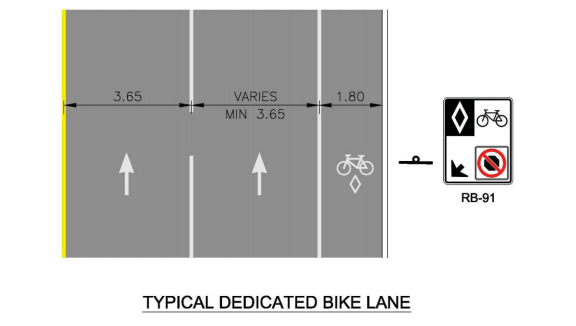
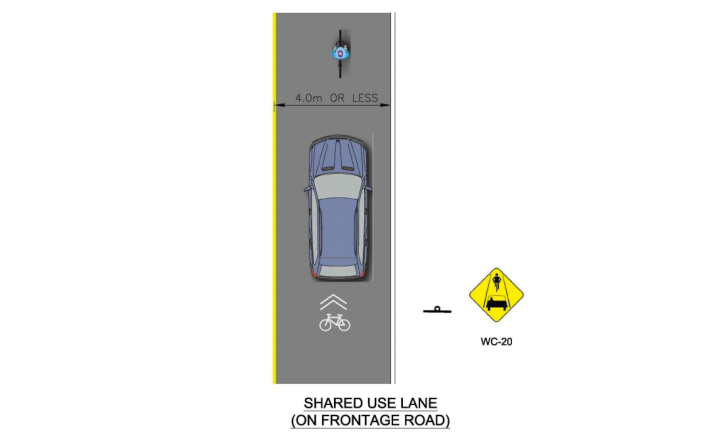
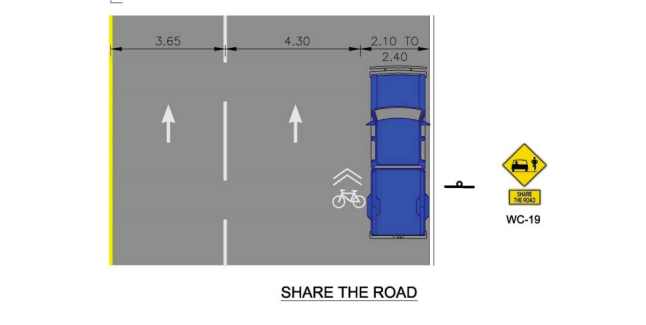
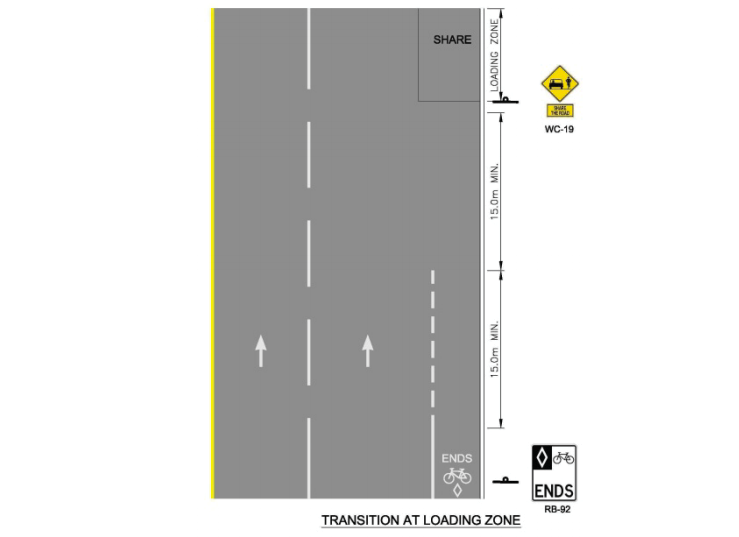

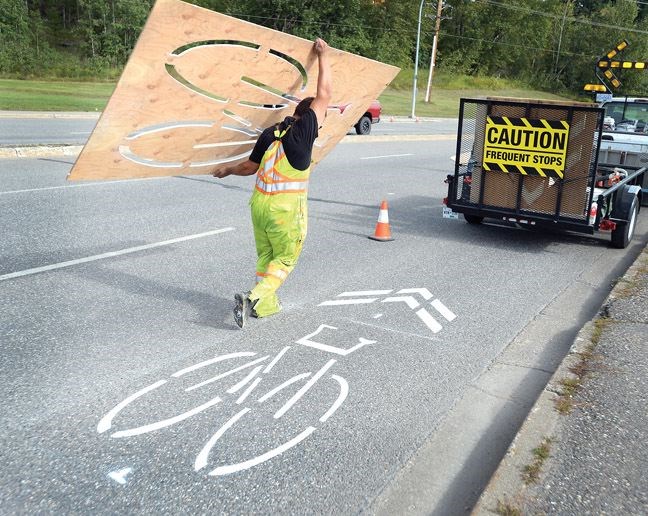
.png;w=120;h=80;mode=crop)

